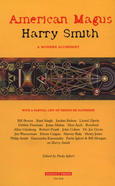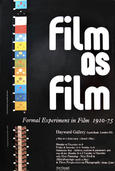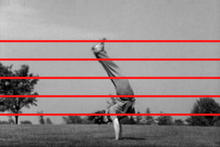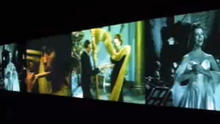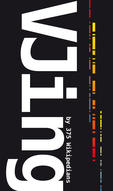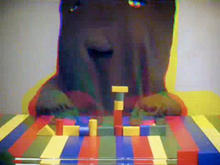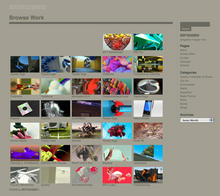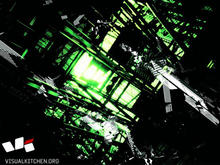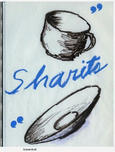Christian Ernest Marclay
(*1955) is a Swiss-American visual artist and composer. Marclay's work explores connections between sound, noise, photography, video, and film.
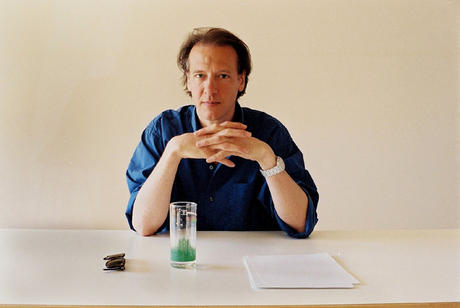
Christian Marclay is a New York based visual artist and composer whose innovative work explores the juxtaposition between sound recording, photography, video and film. Born in California in 1955 and raised in Geneva (Switzerland). His mother was American so he held a double nationality. He studied at the Ecole Supérieure d'Art Visuel from 1977 - 1980 in Geneva, Switzerland. From 1977 - 1980 he studied sculpture at the Massachusetts College of Art in Boston. He also studied as a visiting scholar at Cooper Union in New York in 1978. As performer and sound artist Christian Marclay has been experimenting, composing and performing with phonograph records and turntables since 1979 to create his unique "theater of found sound." Christian Marclay was influenced by Marcel Duchamp. Christian Marclay offers a unique, fresh and innovative voice that has inspired an entire generation of musicians, artists and theorists. (...)
Marclay has collaborated with musicians such as John Zorn, Elliott Sharp, Fred Frith, Zeena Parkins, Shelley Hirsh, Christian Wolff, Butch Morris, Otomo Yoshihide, Arto Lindsay, and Sonic Youth among many others. A dadaist DJ and filmmaker his installations and video / film collages display provocative musical and visual landscapes and have been included in exhibitions at the Whitney Museum of American Art New York, Venice Biennale, Centre Pompidou Paris, Kunsthaus Zurich, San Francisco Museum of Modern Art.
Christian Marclay has been said to be the first non-rap DJ to make an art form out of the turntable, treating the instrument as a means to rip songs apart, not bridge them together. (...)
Christian Marclay also works with video. For example in the video Guitar Drag (2000), a Fender Stratocaster is seen being dragged behind a truck on the back roads o Texas. The video has mulitple meanings, it is a referense to the murder of James Byrd Jr. and it is also playing to the rock star guitar destroying scene as well as furthering Christian Marclay’s interest in creation of new forms of sound. (...)
Christian Marclay continually works with the idea of deconstructing the record, in sound and theory. He is attempting to bring to light the background deterioration of the vinyl as a medium. Attending to the residual noises that are often lost helps make the listener aware of the medium of vinyl. The materiality of the cheap plastic the music is recorded on. Christian finds creative potential in the recorded glitches that usually are ignored within music. Giving voice to the breaks and scratches within the recorded sound provides an insight into the chaos and undetermined potential of creativity.
Source: The European Graduate School
At the 2011 Venice Biennale, Marclay was recognised as the best artist in the official exhibition, winning the Golden Lion for The Clock, a 24-hour compilation of time-related scenes from movies that debuted at London's White Cube gallery in 2010. Newsweek responded by naming Marclay one of the ten most important artists of today. Accepting the Golden Lion, Marclay invoked Andy Warhol, thanking the jury "for giving The Clock its fifteen minutes".
Source: Wikipedia
